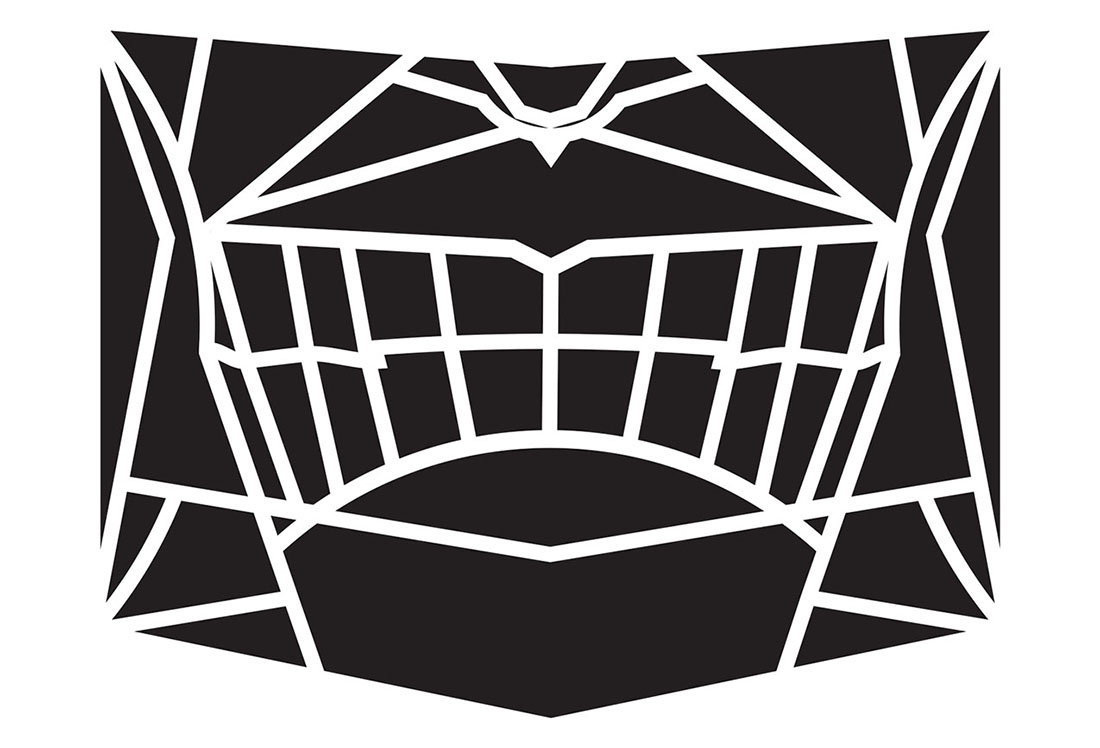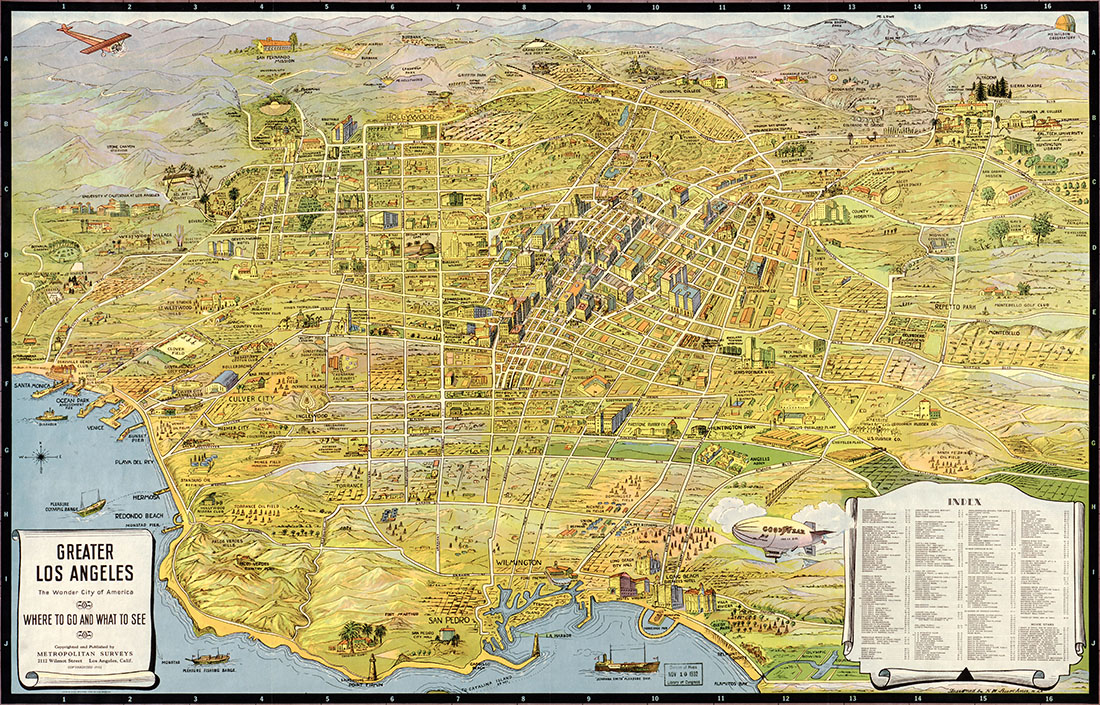Go to Eternal Lies: The Alexandrian Remix
CULTS OF THE AKSUMITE EMPIRE
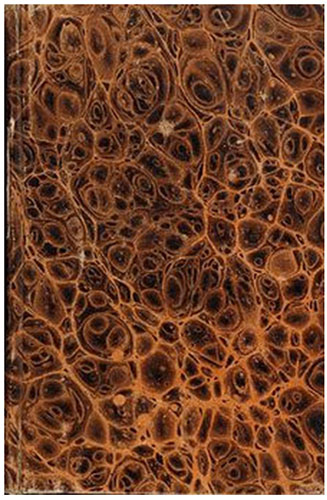
Written as a thesis paper by Brill Davidsen in 1897 and published in a purely limited edition in that year. This copy has been recovered in some sort of reptilian hide.
Daviden’s thesis is a remarkable work of scholarship, delving deep into the cult history of the Kingdom of Axum along the Red Sea coast during the 5th century BC, the resurgence of these cults during the Zagwe Dynasty of the 12th century, and even hinting darkly of evidence that the cults were still present (or at least their folk beliefs) well into the 19th century as the interior of Africa was opened to European eyes. There are suggestions that Italian colonists may have carried some of the Aksumite beliefs back to their homeland, possibly infecting Masonic lodges in Venice and Rome with their barbaric rites.
Davidsen also references the Revelations of Glaaki, suggesting strange parallels between those apocryphal book of prophecies and lurid blasphemies and the Axumite beliefs he charts over the course of a millennia. At times it is unclear if he is suggesting that both the English text and the Axumite beliefs spring from a common source; or if he believes that the Axumite beliefs may have somehow traveled to Europe much earlier than the 19th century (possibly via Roman legionnaires) and found fertile soil in Celtic Britain. The last three dozen pages of thesis are given over to a detailed symbological analysis of the “Prisoner of Glaaki” and the “Maw of the Mouth”, equating the two figures on a deep level through complicated Jungian metaphors despite the gross differences of their disparate mythologies.
BENEFITS OF PORING OVER
- Cthulhu Mythos +1
- Learn details of a “Spell to Open the Sky” from photographs of stellae meticulously reproduced in the text. (Sufficient details in order to actually learn how to cast the spell.)
FISHING THE RIVER OF STARS
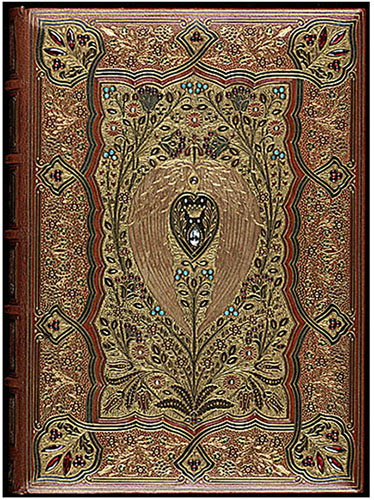
A strange and curious text reputedly among those in the blasphemous library of Auguste Chapdelaine. Recovered during the Second Opium War and brought back to London in 1858, the origins of this anonymous work were lost with Chapdelaine’s life. (Chapdelaine, along with other Chinese Catholics from his circle of followers, was arrested and executed in Yaoshan, helping to precipitate France’s involvement in the war. Reputedly Chapdelaine was condemned for his missionary work, but darker rumors suggest that it was dark rites emerging from his study of forbidden Chinese texts which ultimately brought down the wrath of the local mandarin.)
Fishing the River of Stars is reputedly a first-hand account of the rise of the Northern Song Dynasty during the 10th and 11th centuries in China. Much of its bulk is taken up with routine and unsurprising bureaucratic “revelations”, but the choice passages which have given the book its particular notoriety are those revolving around the legendary engineer Zhang Sixun, who served Emperor Taizu of Song.
Zhang Sixun is said to have been served by a council of “thrice-mouthed advisors”, each of whom was said to “speak with three tongues” and to “balance the words of one hand against the other”. The strangely cryptic and disturbingly inhuman descriptions of these advisors are echoed eerily in a description of the inner (or secret) gardens of Emperor Taizu, where the author reputedly saw flocks of blue-green hummingbirds, their “feathers flecked with gold and with lipped mouths gaping upon their hovering backs”.
There are also suggestions that the ingenious armillary sphere of Zhang Sixun’s astronomical clock tower, which employed liquid mercury in its escapement mechanism, was only the “precursor” or “broken model” of the true clock tower which was “hidden by the Emperor”. This “true tower” was reputedly powered by “reddened mercury”.
In its final, black chapters Fishing the River of Songs reputedly supports the legends that claim Emperor Taizong killed his brother Taizu to inherit the throne. Here, however, it is intimated that the “Golden Shelf Promise” (the sealed document which validated Taizong’s claim to the throne) was filled with such horrid blasphemies that its “golden inks were placed in flame until they melted into screaming lead” and the scroll was replaced with a more palatable forgery.
As for the bizarre claims that the “honey of the hummingbirds” nevertheless corrupted the blood of Taizong’s sons, it can only be said that the text descends into almost incoherent poetry and the true meaning of whatever metaphor is being sought is perhaps lost within the archaic Chinese.
RIFT OF THE MAW
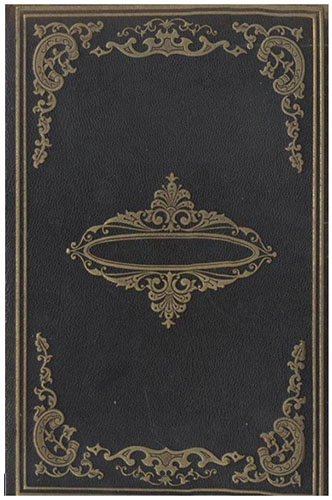
This thin, ebon-covered book is a collection of thirteen meditative mantras. The character of these meditations, however, is severely disturbing to any civilized mind: They fixate upon imagery of depraved acts both sexual and violent in their character.
Each mantra is disparate (albeit varied) in its perverse obsession, but the common theme which joins the mantras together is that of the “Mouth” and the “Maw”. The Maw is the void from which both Truth and the turgid release of the flesh emanates. It is the gaping hole beyond the empty gulf which is the world of mortal perceptions.
The Mouth is characterized as being connected to the Maw. It is the path which cleaves its way through the barriers of the mind which lie between your voided gulf and that place beyond, releasing thereby the wisdom of the Maw. It is also the font from which such “honeyed knowledge” is spewed forth from the world.
Delving deeper into the imagery of the mantras, however, reveals another layer of truth: That there is a more direct path to the Maw. A rift. And that the “new-mooned Rift” will give “clear skies of truth” to those who find it.
The final mantra issues a chilling warning against the “name of the Maw”. For the name of the Maw is the Maw and the name of the Maw is its wisdom and the name of the Maw is its void and the name of the Maw is the gulf which swallows and the name of the Maw is that which destroys. The name (which is not given) is a shortcut by which the Maw of the Mouth can be regurgitated (or vomited) into this world; but such sudden and overwhelming truth would “sear one whose mind has not been glazed to the stars beyond one’s own”.
BENEFITS OF SKIMMING:
- 1-point Mythos Stability test
EFFECTS OF PORING OVER
- 4-point Mythos Stability test
- 2 dedicated pool points for any Investigative ability involving the Maw of the Mouth (usable once per adventure)
UNAUSSPRECHLICHEN KULTEN
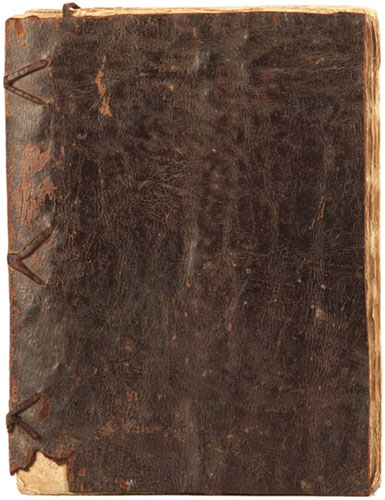
Fredriech Wilhelm von Junzt
Written by the German eccentric von Junzt, the original edition of Unaussprechlichen Kulten (Nameless Cults) is also known as the Black Book. That edition was published in Dusseldorf in 1839; this copy is the cheap and faulty translation pirated by Bridewell in London in 1845. It is nevertheless markedly superior to the better known, but thoroughly expurgated, version published by Golden Goblin Press of New York in 1909. And even moreso because the margins of this copy appear to have been heavily annotated by someone consulting the original German text.
Von Junzt (1795-1840) spent his entire life delving into forbidden subjects; he traveled in all parts of the world, gained entrance into innumerable secret societies, and read countless little-known and esoteric manuscripts in the original. In the chapters of Nameless Cults, which range from startling clarity to murky ambiguity, there are statements and hints to freeze the blood of the thinking man. Reading what von Junzt dared put into print arouses uneasy speculations as to what it was that he dared not tell.
In addition to the annotations mentioned above, there are additional annotations in a different hand calling particular attention to specific passages regarding the Black Stone. These annotations appear to cross-reference and copy text selected from some unknown secondary source (perhaps a travelogue of some sort). These notes identify the Black Stone – that curious, sinister monolith that broods among the mountains of Hungary – as the “spikes of his world” and the “ladders of faith” (intimating, perhaps, that other such monoliths might exist). It is described as octagonal in shape, some sixteen feet in height and about a foot and a half thick. Its surface had evidently once been highly polished, but it was now (according to von Junzt) thickly dented as if savage efforts had been made to demolish it (although to little effect). The travelogue draws parallels between the surviving symbols upon the Black Stone and “crude scratches on a gigantic and strangely symmetrical rock in a lost valley of the Yucatan”. A note of commentary remarks, “The God of the Black Stone cannot be summoned without the link of His stone or the Fire of his Jewel.
BENEFITS OF SKIMMING
- 1 dedicated pool point for any Investigative ability involving cults (usable once per adventure)
BENEFITS OF PORING OVER
- Cthulhu Mythos +1 (Bridewell edition)
ZIGGURATS OF THE PRE-HELLADIC PERIOD
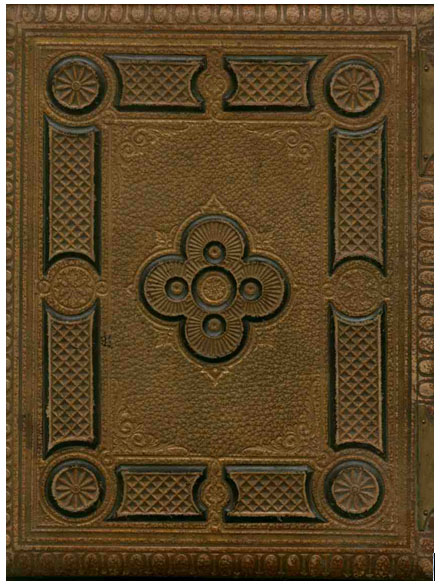
Kornel Alexander
A fascinatingly inchoate and bizarrely unorganized survey of its titular topic. Great and particular attention is given to Sir Leonard Woolley’s excavation of the Great Ziggurat of Ur, which was essentially contemporary to the composition of this text. Its dimensions (both real and hypothetically reconstructed) are given in painstaking detail and some sense of the structure of Alexander’s text begins to become apparent as one realizes that these dimensions are being equated through complex mathematical transformations to the dimensions of other ziggurats.
This, perhaps, also explains the sharp and sudden departures of the text from its topic: While drawing complex relationships between the ziggurats of Babylon, the ziqqurats of Akkadia, and the pre-zigguratical zaqaru of the Ubaidian period, Alexander will abruptly introduce discussions of monoliths and other structures from South and Central America and even from his native Hungary.
It then becomes clear that the dimensional diatribes – which at first seem a secondary characteristic of the text, wedged between lengthy narrative descriptions of each site – are actually of the primary and utmost important to the author: And in unwinding the strange cycles of his numbers, one realizes that he is making the bold claim that all of these disparate works of stone draw their ultimate inspiration from the preternatural dimensions of the “Black Stone” which the author ultimately claims “thrusts into the heart of every building constructed by man; thrusts into the very subconscious of our modern edifices of pride and hubris”.
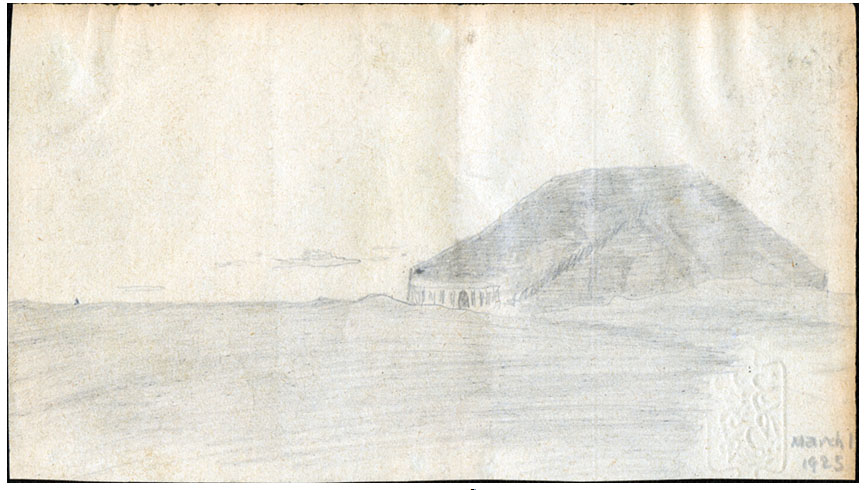
Ziggurat of Ur
BOOKS OF THE LOS ANGELES CULT: UCLA LOT
(PDF Copy)




 location, the location is indicated. For example, the revelation list for Joy Grove Sanitarium reads:
location, the location is indicated. For example, the revelation list for Joy Grove Sanitarium reads:

 Character Portrait: Most of these NPCs have a photograph associated with them. It’s reproduced in miniature on the briefing sheet for the GM’s reference (and to make it easy to find the corresponding photographic prop to hand to the players).
Character Portrait: Most of these NPCs have a photograph associated with them. It’s reproduced in miniature on the briefing sheet for the GM’s reference (and to make it easy to find the corresponding photographic prop to hand to the players).
